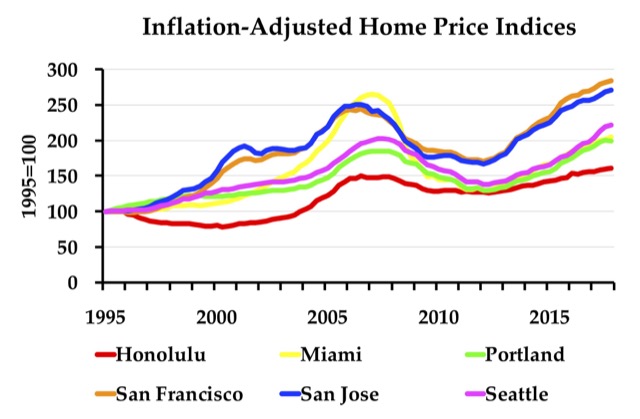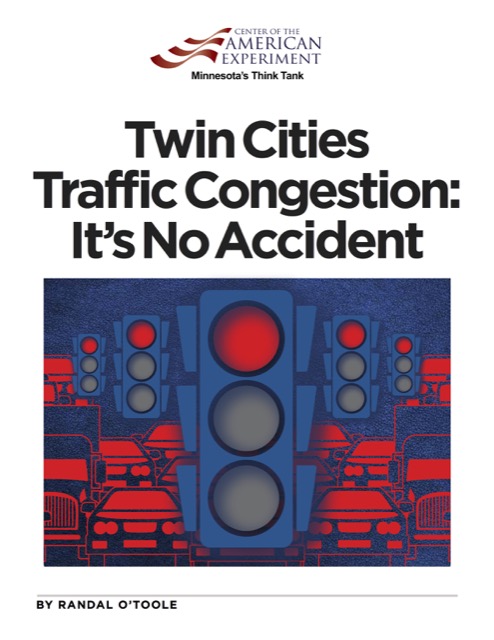The Trump administration has “quietly set aside” the proposed mandate to have all new cars come with vehicle-to-vehicle (V2V) and vehicle-to-infrastructure communications. This mandate had been proposed during the Obama administration, with a formal proposed rule published just a few days before Trump’s inauguration. The National Highway Traffic Safety Administration (NHTSA) said the rule would save lives, but opponents said it would be expensive, use a technology that was nearly obsolete, and wouldn’t save that many lives anyway.
One of the biggest reasons to oppose the rule is that it would leave America’s auto fleet vulnerable to hackers. Auto manufacturers are developing their own safety technologies, but if every car made after 2018 was required to use the same technology, a hacker could control millions of cars at a time. At the same time, it would give the government the power to turn off your car if it believed you were driving too much.
The AP story about the administration’s decision points out that highway fatalities are rising. But it failed to note that NHTSA itself predicts that the mandate would have saved only a couple of dozen lives a year by 2025, mainly because a majority of cars wouldn’t yet have the technology. Even after all cars had it, the agency predicted it would save no more than 1,365 lives a year, and that assumed that no other technology (such as autonomous cars) would come along that would render V2V redundant. The AP story also failed to mention that the fastest growing type of auto fatalities was pedestrians, and the V2V mandate would have done nothing to help them. Continue reading →









